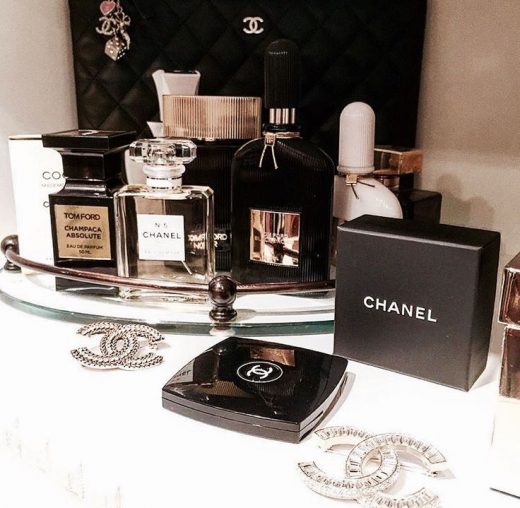According to a new report by Zenith Business Intelligence, beauty and personal luxury advertisements will be restrained to 1.7 percent in 2021. Further, it was estimated that the amount of money spent on the advertisements on myriad mediums for beauty products would be around $7.5 billion.
The coronavirus pandemic has taken a huge toll on the global economy while devastating the financial prospects of maximum sectors of various industries. The beauty and cosmetics industry was also among the largest hits during the pandemic. COVID effects were so severe that they dampened the future prospects of the beauty and personal luxury items industry.
Social distancing was very much prevalent during the initial phases of the pandemic and people were scared enough to meet anyone outside their houses. Even today such measures continue to somewhat restrict people to extensively use beauty and personal luxury products just because they do not feel the urge to do so, all thanks to the mighty pathogen.
Beauty and personal luxury advertising trends
According to a new report by Zenith Business Intelligence, beauty and personal luxury advertisements will be restrained to 1.7 percent in 2021. Further, it was estimated that the total amount of money spent on the advertisements on myriad mediums for beauty products would be around $7.5 billion. Moreover, this amount is further expected to rise by 2.6 percent at $7.7 billion by 2022.
The report also claims that these beauty and cosmetics brands spend comparatively larger sums of money on magazines and TV advertisements than any other average brands. In 2020, these brands spent 18.3 percent of their budget on such ads which was four times higher than an average brand’s ad spend. Similarly, the ad spend on TV was also high at 42.2 percent of the budget while being 1.6 times higher than an average brand.
On the contrary, beauty and personal luxury brands have a dull performance as their net expenditure on ads is a mere 34.1 percent while that of an average brand remains somewhere around 53 percent. Further, the causal reasons behind this are that digital space does not provide a conducive environment and space for the high-definition portrayal of images while conveying the required message. In addition to it, often consumers try these beauty and cosmetic products personally, before using them. That’s why these products have even lesser chances of sales through e-commerce.
Impact of pandemic on beauty and cosmetics industry
Since the beginning of the pandemic, there has been a decrease in the consumption of cosmetics, fragrances, and personal luxury products. However, skin-care and hair-care products did see an increase in the sale as people feared to visit a salon or a parlour during the pandemic. Quite unfortunately, even after the recovery, the sector will continue to witness a downfall as consumers are reluctant to resume their pre-pandemic habits.
This has already impacted brands and their revenues while it will continue to do so in the future also. That’s why, these brands are gradually increasing their presence on VOD platforms, Tiktok, Instagram to promote their products. Zenith reported that digital ad spends from beauty and personal luxury brands saw an uptick of 2.8 percent in 2020. Meanwhile, another report from Euromonitor International suggests that only 11.8 percent of the sales of beauty products took place through e-commerce platforms in 2019.
With modern innovation as a need of the hour, brands are also trying to use virtual reality along with augmented-reality based services in order to enable users to try their products remotely while improving the consumer experience.
The global picture
On a global level, France is expected to be the best performing market in beauty and personal luxury products’ ads expenditure with 13.3 percent of the growth in 2021. Although the growth in 2022 will remain 13.8 percent lower than that in 2019. The second-best performing nation will be India which will witness a stable growth of 7.6 percent as more consumers are expected to buy beauty and cosmetic products regularly.
The report also predicts that sales in 2022 will be 15.2 percent higher than that in 2019. Also in North America and Western Europe, there will be just a meager growth of 1 to 2 percent.

